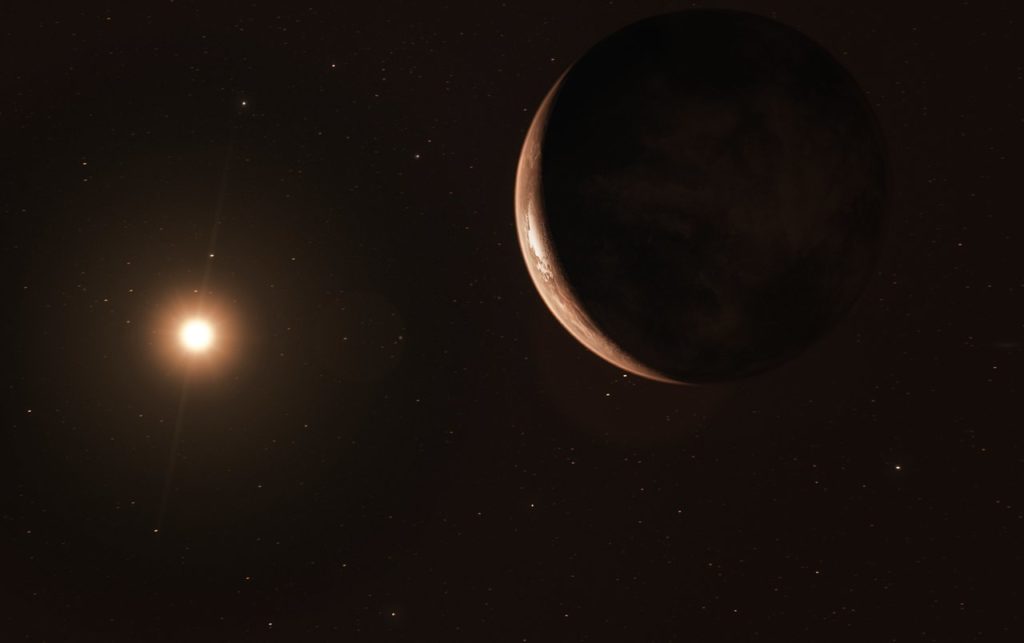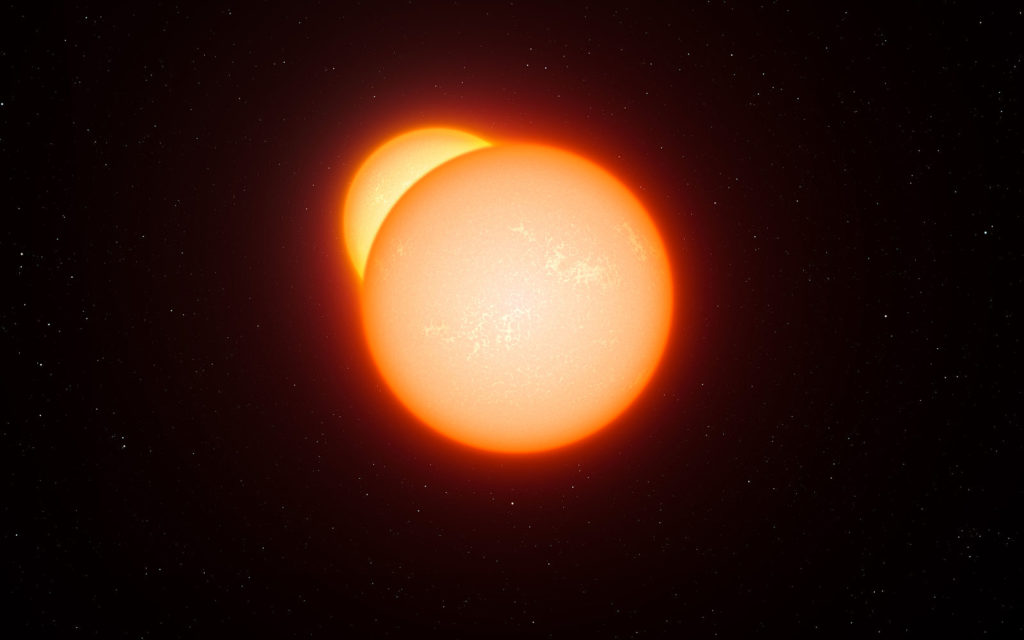
It was a discovery nearly a century in the making, but astronomers have finally detected a planet around the speedy little red dwarf known as Barnard’s Star. The existence of the planet is not particularly surprising given the vast harvest of exoplanets discovered since 1995 around all manner of stars. Nor is the planet a habitable world, to be sure. But it was welcome news nonetheless to find that the nearest single star to Earth has at least one planet in its relatively feeble gravitational embrace.
In many ways, Barnard’s Star was the “white whale” of exoplanet hunters. That’s because the star is close, just six light years away, the second-closest star system to Earth, which should make it easier to find an orbiting planet. And the star is prominent because of its speedy apparent motion across the sky. Barnard’s Star is also old, more than twice the age of our own solar system, so it’s had plenty of time to form a planetary system. But for nearly a hundred years, astronomers have examined the star for evidence of a planetary system using visual observation, photographic imaging, and finally using modern spectroscopic planet-hunting techniques. They came up empty every time [Read more…] about Barnard’s Star Has a Planet After All
Share This:

